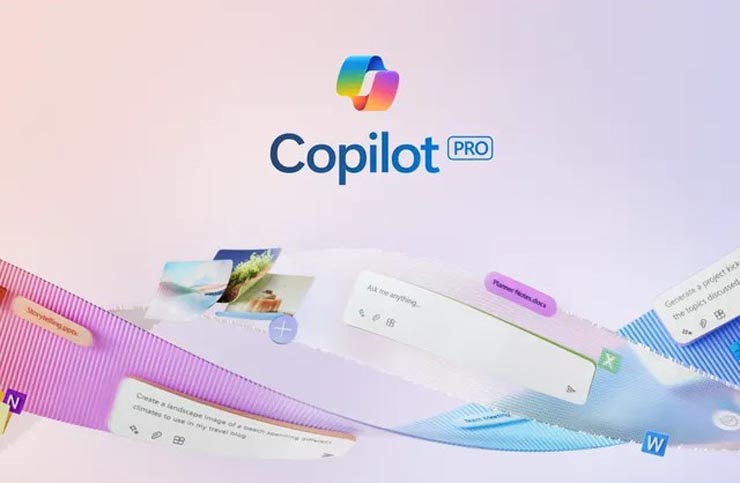Microsoft Edge has a data import tool that’s breaking.
Last week, I turned on my PC, loaded a Windows update, and rebooted to find Microsoft Edge immediately open with the Chrome tabs I was working on before the update. I don’t use Microsoft Edge usually, and I have Google Chrome set as my preferred browser. Bleary-eyed at 9AM, it took me a moment to realize that Microsoft Edge had simply taken over where I’d left off in Chrome. I couldn’t believe my eyes.
I never moved my data into Microsoft Edge, nor did I check whether I wanted to import my tabs. But here was Edge immediately opening after a Windows update with all the Chrome tabs I’d been working on. I didn’t even know I was using Edge at first, and I was confused why all my tabs were quickly logged out.
After the shock wore off, I looked to make sure I hadn’t accidentally allowed this behavior. I found a setting in Microsoft Edge that pulls info from Google Chrome on each start. “Always have access to your recent browsing data each time you browse on Microsoft Edge,” says Microsoft’s description of the tool in Edge. This setting was deactivated, and I had never been asked to turn it on. You can check for the setting at edge://settings/profiles/importBrowsingData.
So I went to run the same Windows update on a laptop, which actually resulted in it failing and my having to do a system reset. Once the system restore was complete, the same thing happened. Edge opened immediately with all of my Chrome tabs. I haven’t been able to recreate the behavior on other PCs, but a number of X users responded to my post about this saying they have experienced the same thing in the past.
It all seems to be linked to a largely unknown import feature in Microsoft Edge that I had confirmed was blocked on my computers. Zach Edwards, a privacy and data supply chain expert, newly loaded Windows and responded to my post on X to note he had found a new message during startup that reads:
With your confirmation, Microsoft Edge will regularly bring in info from other sites available on your Windows device. This data includes your likes, viewing history, cookies, autofill data, plugins, settings, and other browser data.
Microsoft says the data import is finished locally and kept locally but that it will be sent to Microsoft if you sign in and sync your browsing data. Microsoft shows a big blue accept button to encourage Windows users to allow the feature, with a darker “not now” button if you want to opt out.
I’m not fully sure how Microsoft Edge instantly opened and imported my Chrome browser data without this setting enabled. I did notice on my PC that a full-screen prompt showed after loading the update that morning, much like the ones Microsoft uses to push people to switch to Edge and Bing after a Windows update. The prompt showed but disappeared in less than a second, so it’s possible this page crashed and Edge chose to do the import anyway.
I’ve asked Microsoft for comment on what I witnessed, but the company has not replied in time for publishing.
I’m not alone in having this, either. Multiple Windows users have been reporting this for months, turning to Reddit and Microsoft’s own support boards for help. Posters have reported the same feature is deactivated, but the data downloads keep happening.
Maybe it was just a bug for me this time, or perhaps I’m about to experience what others have been talking about for months. But it’s clear Microsoft has been putting out a tool to easily import Chrome, Firefox, or other browser data from any web browser that isn’t Edge. It might be a useful tool for some, but if it’s faulty, then Microsoft needs to fix this quickly.
Given the full-screen warning that faded just before I experienced the problem, how Microsoft gets people to turn this setting on will also be important. Microsoft has already been making full-screen prompts after some Windows updates that try to tempt people to switch to Microsoft Edge and Bing as options.
It’s not always clear to consumers what they’re actually changing, especially when Microsoft disguises things as “recommended” browser settings. It’s easy just to hit a big blue yes button instead of a “not now” one that’s less visible. Microsoft has a history of using the sort of tactics we’ve seen from malware and spyware makers to push its web browser. Those have ranged from Windows updates that have started Edge and pinned it to the desktop and taskbar without permission to polls or prompts when you try to download Chrome.
Microsoft Edge is actually good, so I sure hope the team building it isn’t about to turn to more tricks to get Chrome users to use it.



